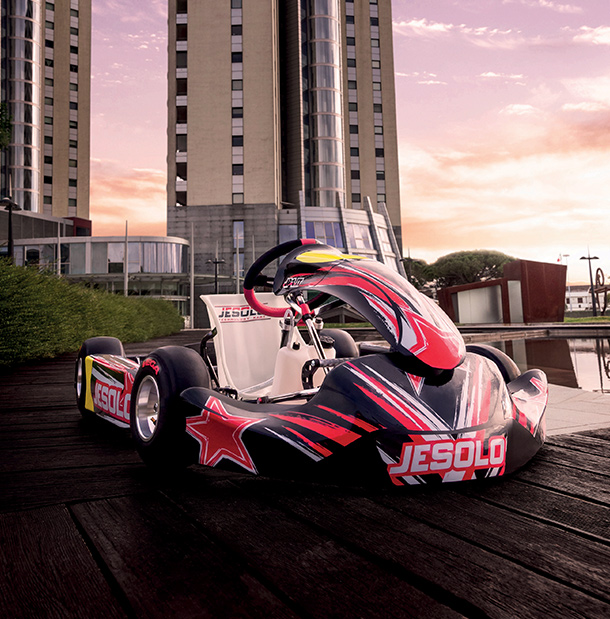Frequent Searches
Frequent Searches

 Exclusive Content
Exclusive Content

The JP-FLY has a brake system developed to allow young riders maximum braking modulation. The caliper has two half-shells made from a solid piece using numerical control machines. Compared to the previous approval, the system has gone from a solid iron disc to a self-ventilated cast iron one with a diameter of 155 mm and a thickness of 12 mm. This change was introduced precisely to improve braking by avoiding the locking of the rear, a problem the old solid iron disc had. Eliminating the blockage is very important in the 60 minikart, a class in which, given the low engine power, greater smoothness is rewarded. The disc is fastened on a floating flange with respect to the disc holder, a system chosen by Jesolo Kart Technology to reduce component maintenance.
The pump is machined from a solid piece and has an external aluminium fuel tank positioned above the main body, and a 19 mm diameter piston inside it.
The braking system of the Jesolo Kart Technology minikart was not derived from the front system of Shifter karts, a solution adopted by many manufacturers, but is a product totally designed to achieve the best possible performance in the MINI class.